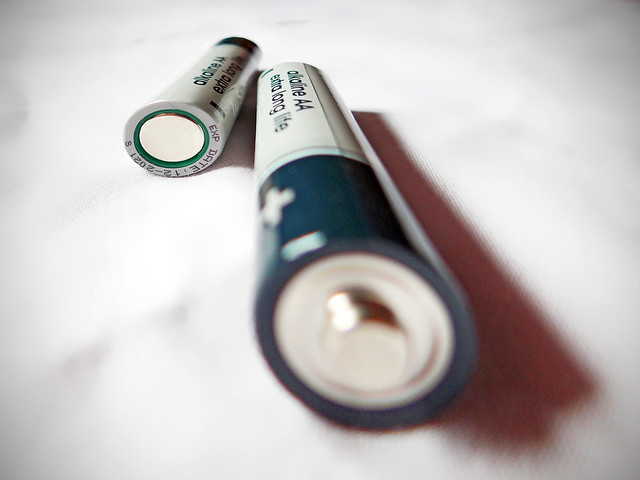Lithium Batteries Contained In Equipment - Definition, MSDS, Label
Nov 14, 2019 Pageview:3167
Lithium batteries contained in equipment definition
When shipping Li-ion batteries to international destinations; They cannot be shipped standalone. They have to be installed on the device they operate. It is not allowed to ship packages containing Li-ion batteries that are not installed in their devices.
Before shipping Li-ion batteries that are contained inside equipment, you have to keep in mind the following:
· The regulations regarding the power and quantity of the cells and the batteries change frequently, you have to read the updated version of them before shipping.
· Ask for the receiving destination regulations, as they may be different from those of your homeland.
· If the equipment is damaged, make sure that the Li-ion batteries inside are not damaged too.
· Make sure that the Li-ions batteries are not bulging out of the device.
It is also good to remember that defective batteries are treated as hazardous materials and are not allowed to be shipped anywhere.
The Packaging process of the equipment containing Li-ion batteries is extremely important. It is recommended that you use an expert packaging agency to help you with this process. It is important that you follow the following when packaging equipment containing Li-ion batteries inside:
· Using sturdy, the high-quality packaging material is necessary. Do not use cheap material.
· Equipment must be packed in a way that prevents it from moving while being shipped.
· Add a return address and an emergency contact number on the package.
· Lithium battery handling label must be placed on the package in a clear way and without folding.
Lithium batteries contained in equipment MSDS
The Material Safety Data Sheet (MSDS) for Lithium ion batteries is a crucial document for any Lithium ion battery. It is extremely important, especially when shipping these batteries.
Material Safety Data Sheet of any given Lithium ion batteries is composed of certain sections.
Section 1: Product and Company Identification
This section contains the product name and identification. The manufacturer name, address contact information and includes an emergency contact number.
Section 2: Composition and Ingredients
In this section the composition of the Lithium ion batteries is listed in detail, their chemical formulas, weight percentage, and any other relative information.
Section 3: Hazards identification
This section contains any health hazards that may happen due to the exposure to the Lithium ion batteries and the signs or symptoms of exposure
Section 4: First-Aid measures
This section lists what to do in case of ingestion, inhalation, eyes contact, or skin contact with any of the ingredients of Lithium ion batteries in case of exposure
Section 5: Fire Fighting measures
Listed in this section is the way to deal with the fire caused by Lithium ion batteries
Section 6: Accidental release measures
This section illustrates how to deal with leaking happened by a Lithium ion battery and how to correctly dispose of a faulty Lithium ion battery
Section 7: Handling and Storage
This section is an important one, as it lists in detail the perfect way to handle, transport, and store Lithium ion batteries. Following instructions mentioned in this section ensures the safety of the Lithium ion batteries and minimizes the risk of fire or explosion to the minimum.
Section 8: Personal Protection
In this section, safety regulations on how to protect yourself against exposure are listed. Also, this section lists the proper clothing for handling and transporting Lithium ion batteries.
Section 9: Physical and Chemical Properties
From its name, this section lists all the physical and chemical properties of the Lithium ion battery, including voltage, capacity, and appearance of the battery.
Section 10: Reactivity
This section lists the conditions to avoid when dealing with Lithium ion batteries to reduce reactivity to a minimum, for a safer handling process.
Section 11: Toxicological Information
This section lists what happens if the battery is opened or punctured, and the amount of toxicity found inside the Lithium ion battery that is harmful to the human body. It also lists what it does to the human body when exposed.
Section 12: Ecological Information
This section demonstrates whether the Lithium ion batteries have an impact on the environment or not
Section 13: Disposal Considerations
This section lists the proper, safe ways of disposing of the Lithium ion batteries.
Lithium batteries contained in equipment label
Lithium ion batteries labels evolve with ever-changing regulations. Labels are of extreme importance, as your shipment may be refused based on the wrong label, or if you used an outdated label. There are some new rules that have been implemented on Lithium ion batteries' labels that you should know
· As of March 6, 2019, DOT lithium ion battery Markings or Cargo Aircraft Only Labels must meet the DOT PHMSA Interim Final Rule that harmonizes the 49 CFR with ICAO Technical Instructions for the Safe Transport of Dangerous Goods by Air.
· Starting January 1, 2019, Lithium Battery Marks labels and Hazard Class 9 Lithium Battery Labels are required for any shipment.
When shipping Lithium ion batteries to any international destination it is recommended that you check the other destination's rules about Lithium batteries transportation and shipping beforehand, and comply with these regulations. Otherwise, you risk losing your shipment.
Leave Message
Hottest Categories
-
Hottest Industry News
-
Latest Industry News











